
From patios and gazebos to full-on structures, your outdoor space is a blank slate. Learn how much it costs to build and furnish an outdoor room.
Cover the basics before covering your deck in liquid rubber


Liquid rubber costs about $90 per gallon.
Each gallon of liquid rubber can cover about 30 to 50 square feet of a deck.
Liquid rubber is a protective coating substance made from polyurethane.
Liquid rubber offers protection from moisture and UV rays.
With proper application, liquid rubber can even protect between deck boards.
From sunshine in the summer to winter snowstorms, decks are exposed to a lot of harsh conditions. Add in beverage spills and frequent washings, and your deck can quickly start to look worse for wear. That’s because moisture can soak in between deck boards, allowing rot to form. Sealants, such as liquid rubber, can help keep moisture from becoming trapped (that is, if they actually cover these hard-to-reach spaces). Will liquid rubber cover between deck boards? Yes, but only when applied correctly, which a pro can help with. Here’s what you need to know.
Liquid rubber is a sealant or coating often used for decks or roofs to keep out moisture. This substance goes by many names, including liquid rubber, liquid decking, or roll-on membrane. Typically made from polyurethane, liquid rubber is applied to the deck as a final waterproof coating to prevent moisture from damaging wood decks. There are both pros and cons to using liquid rubber in your upcoming decking project.
| Pros | Cons |
|---|---|
| Better protection against moisture | May get hot in sunlight |
| Scratch-resistant | Difficult to DIY |
| Slip-resistant | Requires warm, dry weather conditions to apply |
| Customizable colors | Needs frequent cleaning to prevent damage |
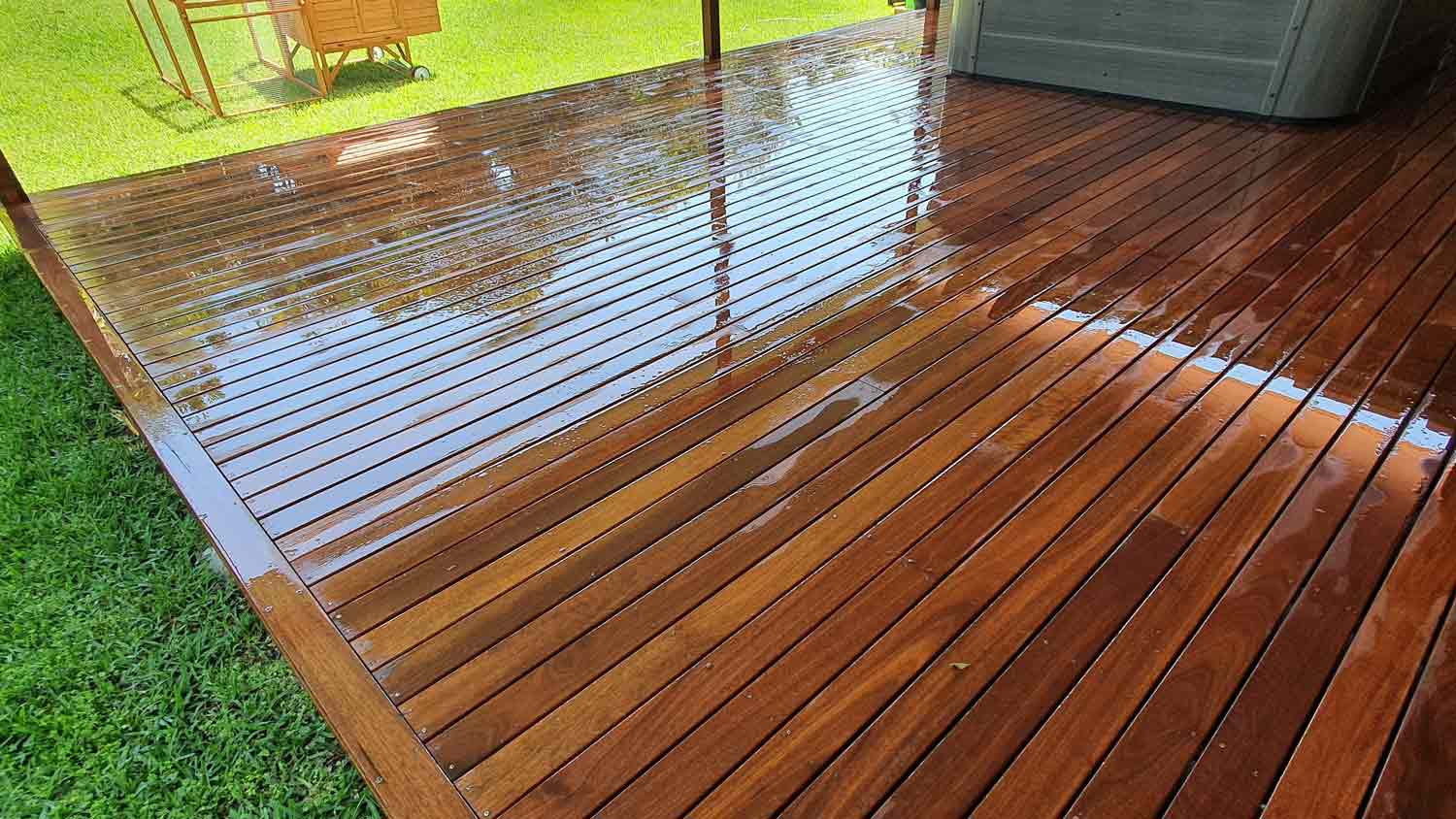
You may be familiar with liquid rubber for roofing, but you can also find liquid rubber specifically for deck use. This type of deck coating creates a durable waterproof layer over the deck surface and between deck boards, and this helps prevent moisture from rain and snow from soaking into the wood. When wood is exposed to too much moisture, it can begin to decay and rot, which can also attract pests.
Because liquid rubber can withstand harsh UV rays from the sun, it is also used for other exterior projects, such as sealing roofs, planters, or outdoor furniture. This type of coating can work on more types of decks than just wood, too. Liquid rubber can cover other materials, including metal and concrete.
Sealing and waterproofing a deck costs about $0.75 to $4 per square foot for materials and professional application. Liquid rubber for decks costs about $90 per gallon. For a 150- to 200-square-foot deck, you’ll need at least three gallons of liquid rubber. You may need more if you want a thicker coat or more than one coat.
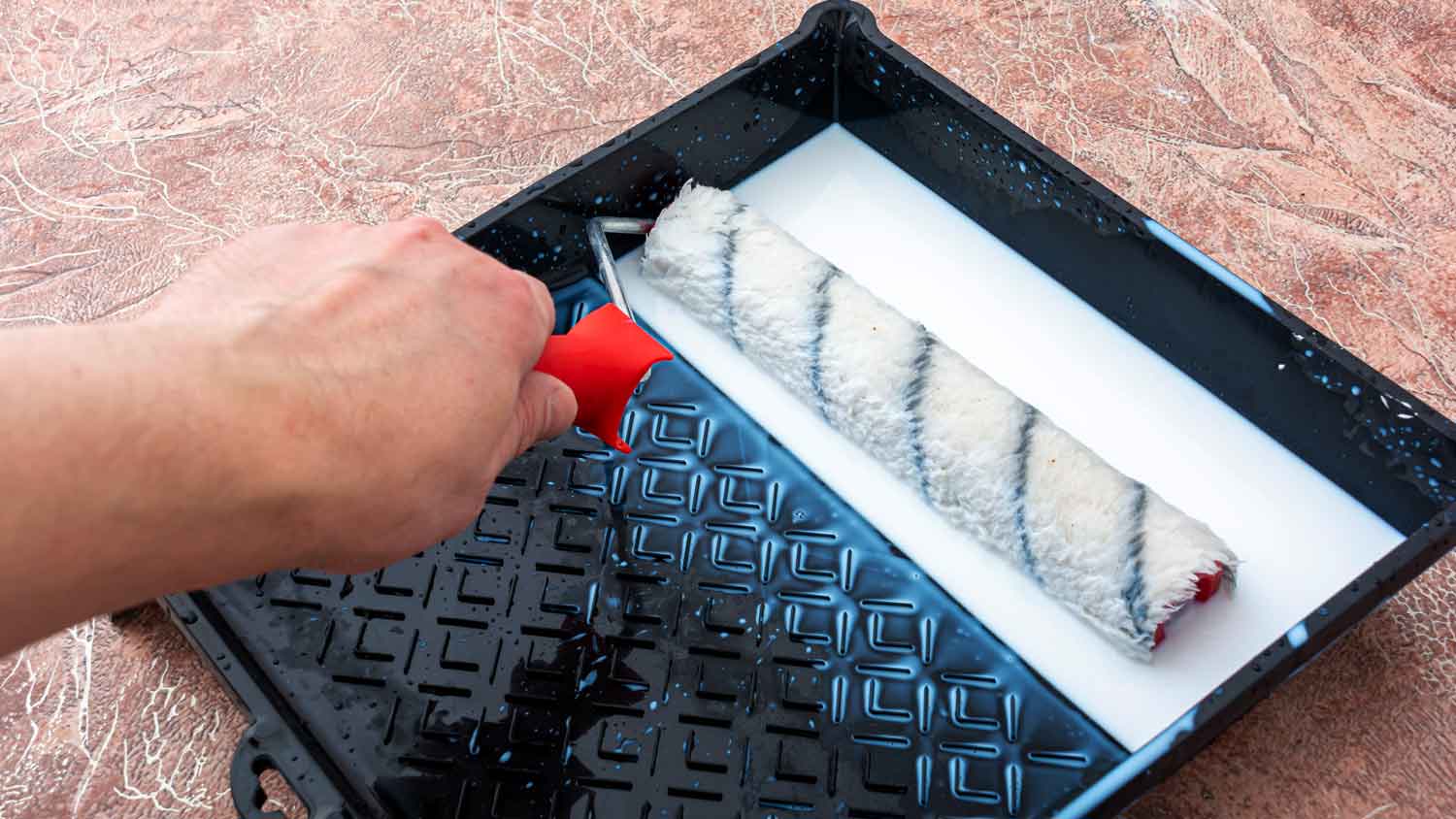
To extend the life span of your rubber decking, hire a decking pro to help prep and apply the liquid rubber coating. If you’re worried about whether liquid rubber will cover between your deck boards, you should contact a local deck builder to help apply this coating.
The best chance of sealing your deck thoroughly from moisture and water damage is by trusting the pros to apply the rubber decking. A deck specialist will know how to properly prepare the deck for coating, as this may involve inspecting the deck, making repairs, power washing, priming, and, finally, applying even coats of liquid rubber. Put simply, the pros know how to get it done right every time to protect all the nooks and crannies of your shiny new (or well-loved) deck.
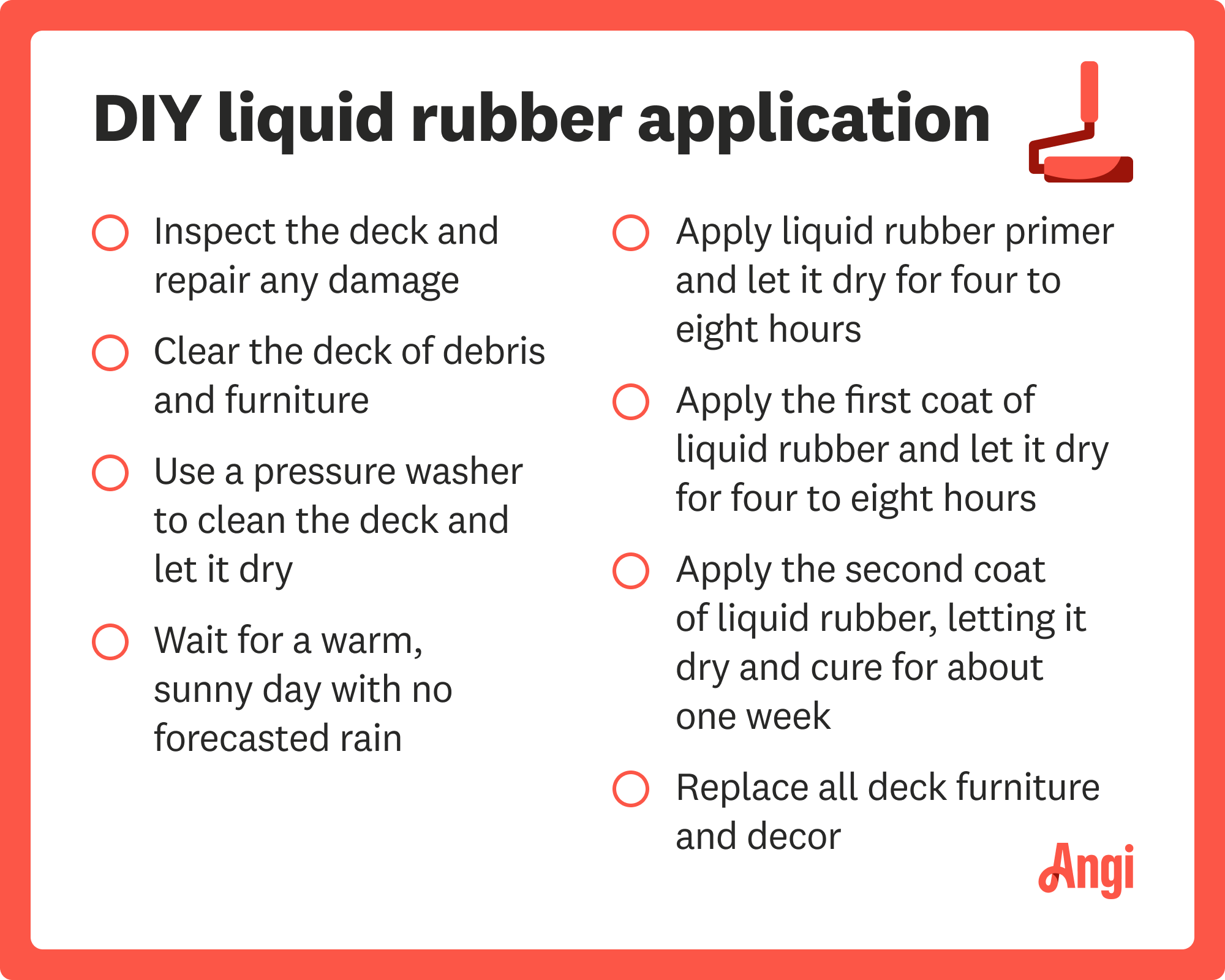
If you plan to apply liquid rubber yourself, you’ll first need to inspect the deck for damage and repair any loose or broken deck boards. You should also replace any damaged, rotting, or corroded parts of the deck. From there, you can move your deck furnishings, decor, and plants to sweep and prepare to clean and seal the deck.
If you want the liquid rubber to seal between the deck boards, make sure to clean off debris like dead plant leaves, twigs, and old sealant from between the boards. Use a pressure washer to clean the deck surface and railings.
When the deck is cleared off and thoroughly cleaned, it will need time to dry. Make sure that both the deck and the weather forecast are dry. You’ll need a warm, sunny day to apply liquid rubber. And make sure the overnight low stays above 50 degrees Fahrenheit for best results.
Consider applying a liquid rubber primer for even coverage. This will need to dry for about four to eight hours before applying the first coat of liquid rubber. That coat will also need about four to eight hours to dry.
Finally, let the last coat of the liquid rubber dry and cure for about a week, or as directed on the liquid rubber product label, before you replace your furnishings, plants, and other deck items.
A liquid rubber coating for decks can be a long-lasting protectant, with a life span of up to 10 years with proper maintenance. However, if you live somewhere with harsh weather, like extremely hot and sunny summers, blizzard-prone winters, or rainy days year-round, the liquid rubber coating won’t last as long. As part of your regular deck maintenance, inspect your deck once per year for cracks, peeling, or worn-out layers, which will need a touch-up or a complete refresh of liquid rubber coating.
Regular deck maintenance includes sweeping off debris, washing the deck with mild soap, and hosing it down or pressure washing it. Long-term maintenance includes repairing or replacing hardware or boards and always being on the lookout for damage, warping, or cracking/peeling paint.
Liquid rubber is meant to last several years, providing your deck with excellent moisture protection. But maybe you’re considering repainting the deck a new color or swapping your dark brown liquid rubber coating for a lighter shade. When it’s time to remove liquid rubber, you’ll want to turn to the pros, as this process may involve using specialized equipment to grind or blast away the old coating. To avoid damaging your deck in the process, make sure you hire a deck pro to remove old liquid rubber.
From average costs to expert advice, get all the answers you need to get your job done.

From patios and gazebos to full-on structures, your outdoor space is a blank slate. Learn how much it costs to build and furnish an outdoor room.
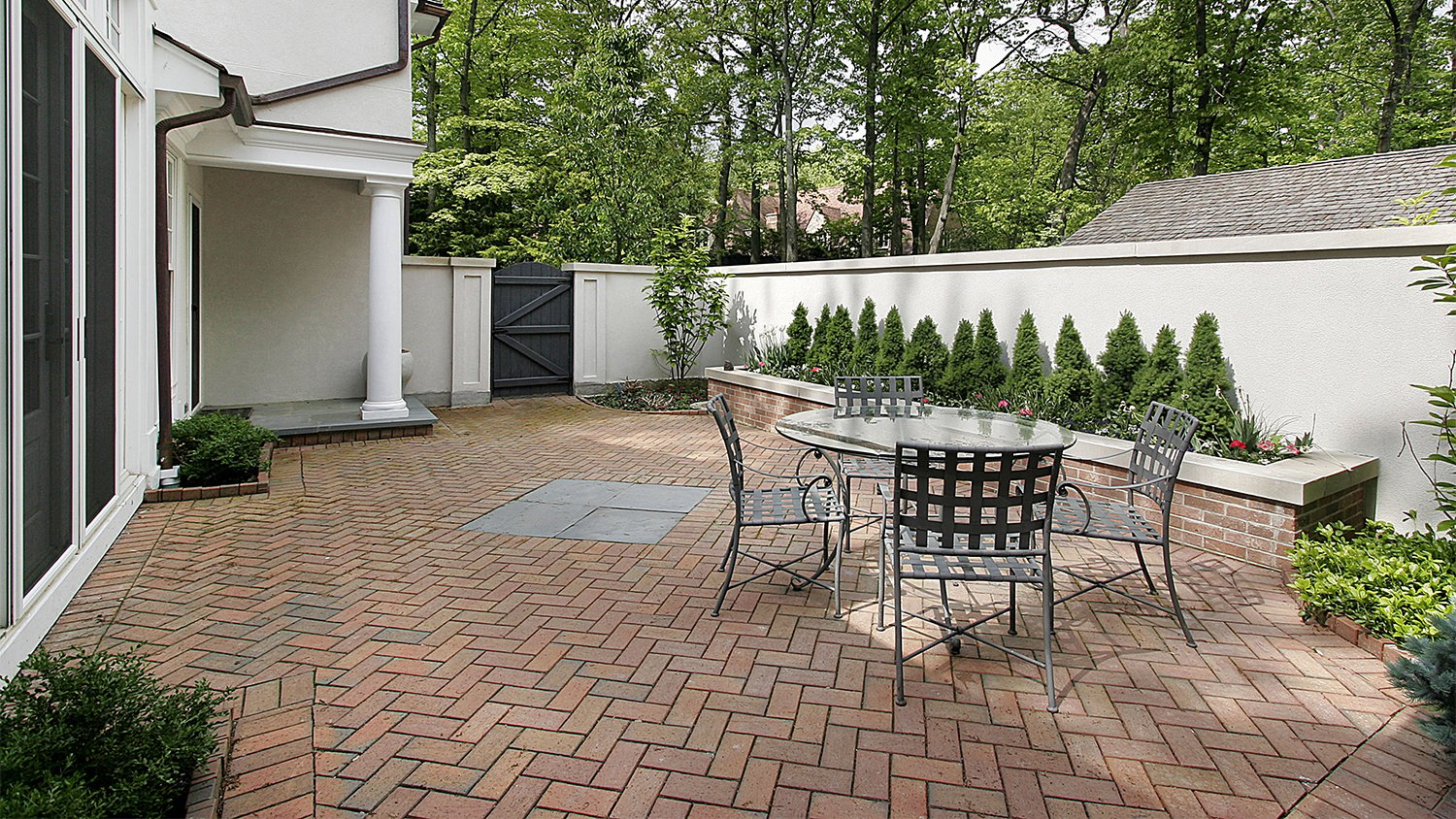
Looking to spruce up your outdoor entertaining area? Learn how much it costs to seal pavers and what factors to consider when estimating your total.

A concrete patio adds valuable outdoor living space to your home. Learn how much a concrete patio costs and which factors affect the project price.

Discover the cost of removing a metal awning, including average prices, key cost factors, and expert tips to save on your project.

Learn how to build stone steps on a slope. Discover the tools, supplies, and instructions needed to create a functional addition to your landscape.
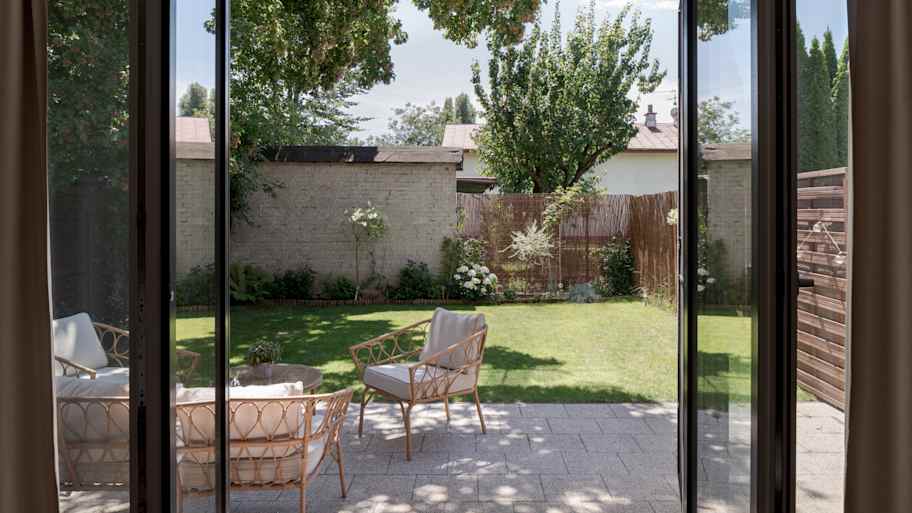
Upgrade your home value and yard enjoyment by installing a patio. Learn about patio sizes and how to decide on dimensions for your project.